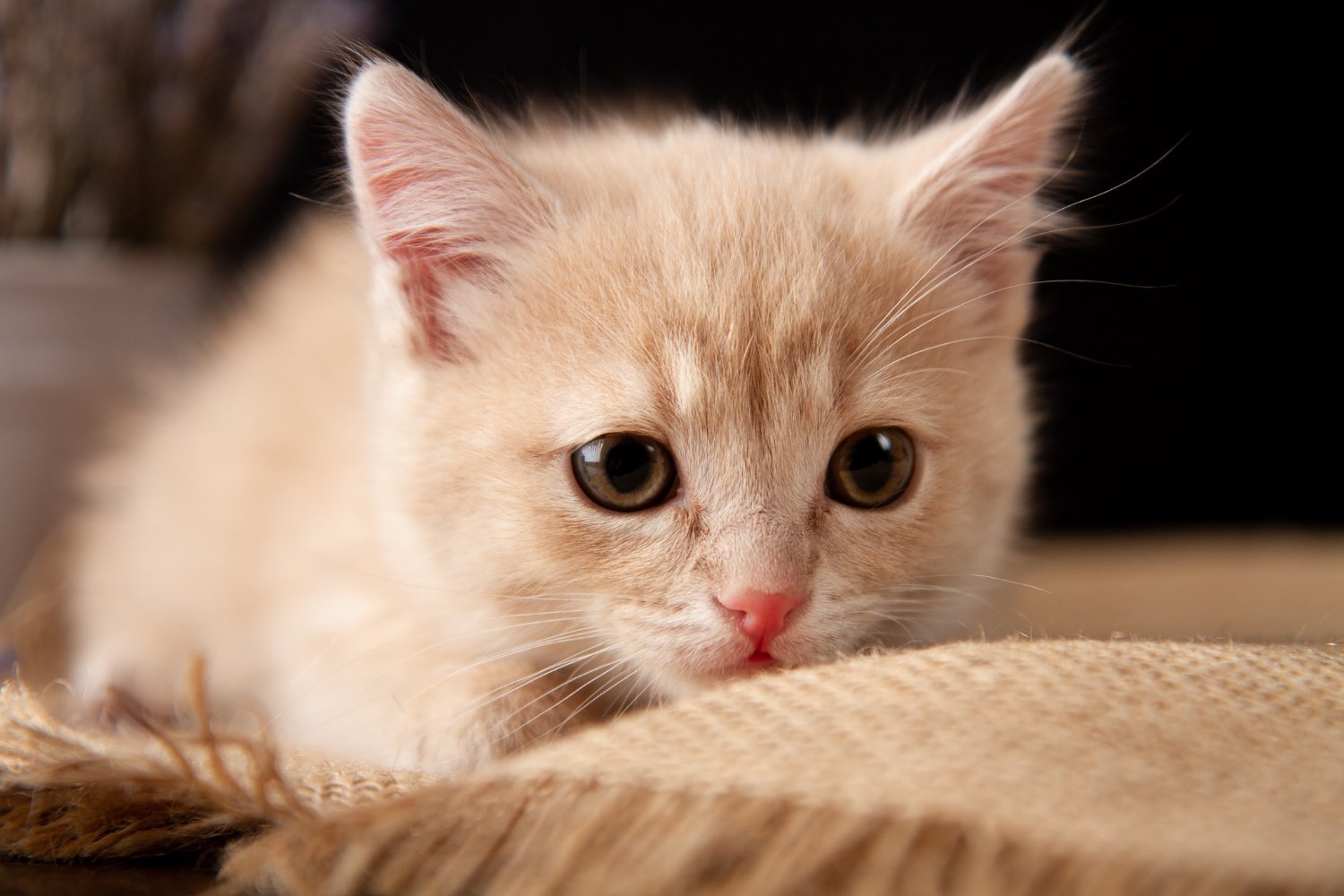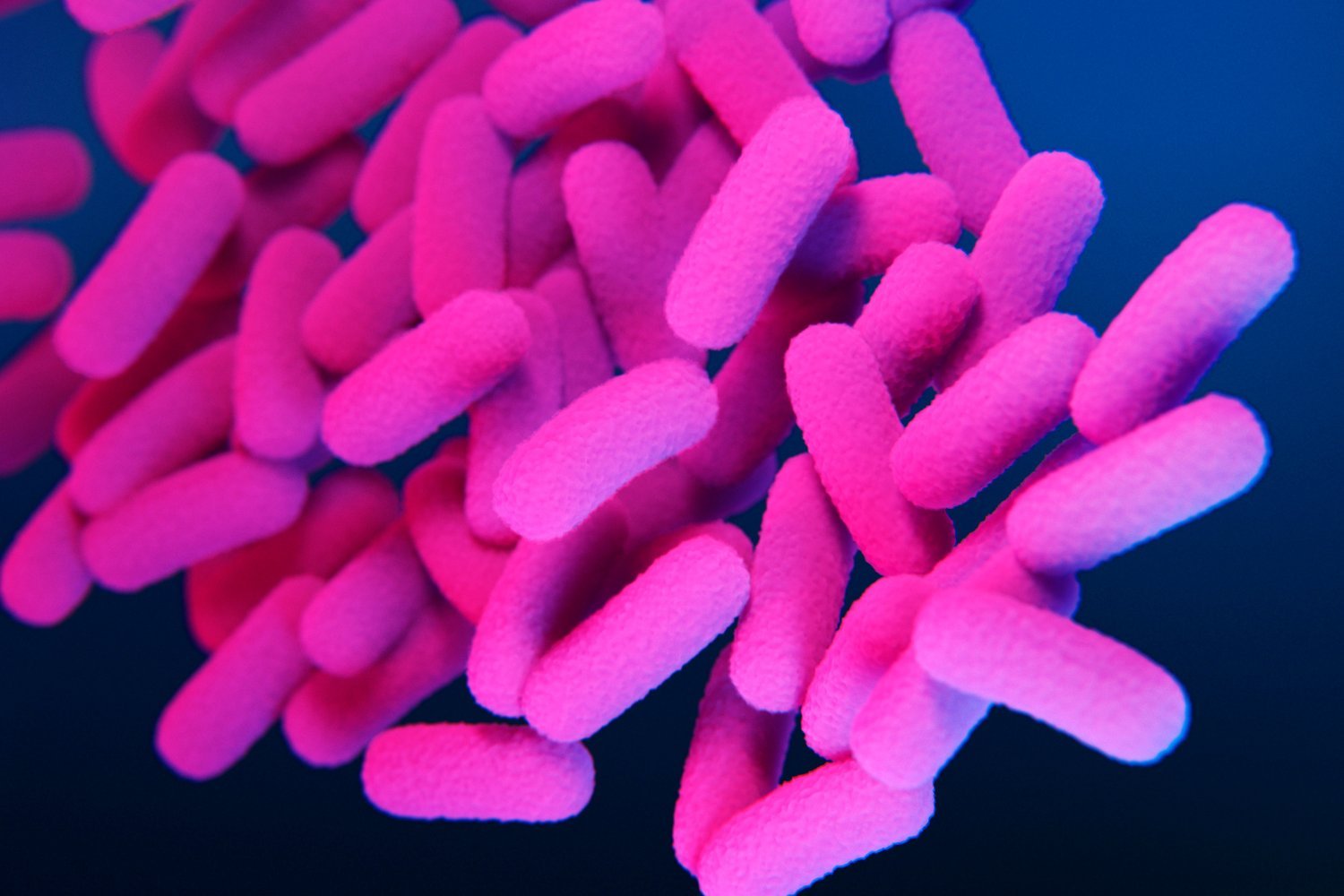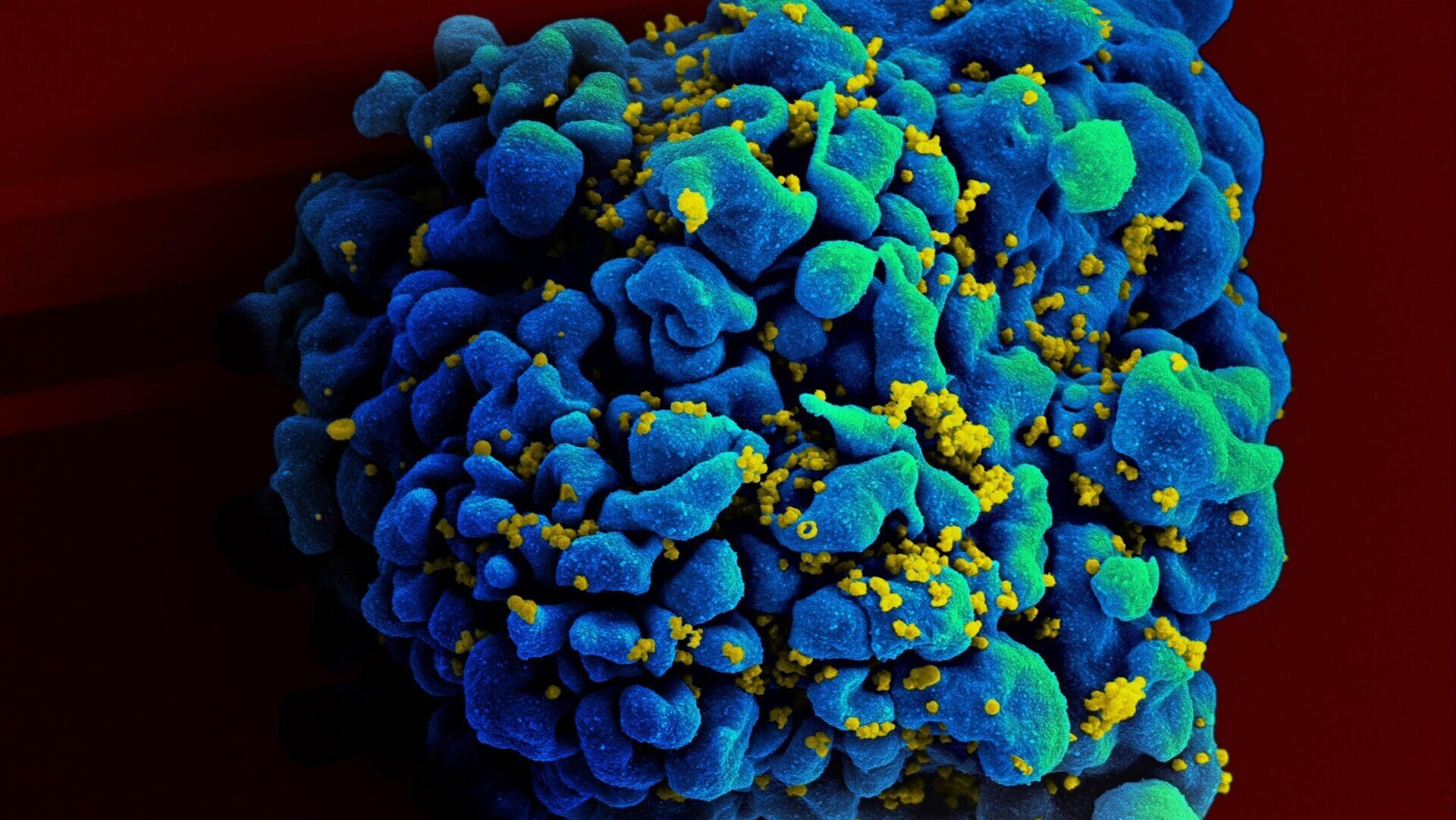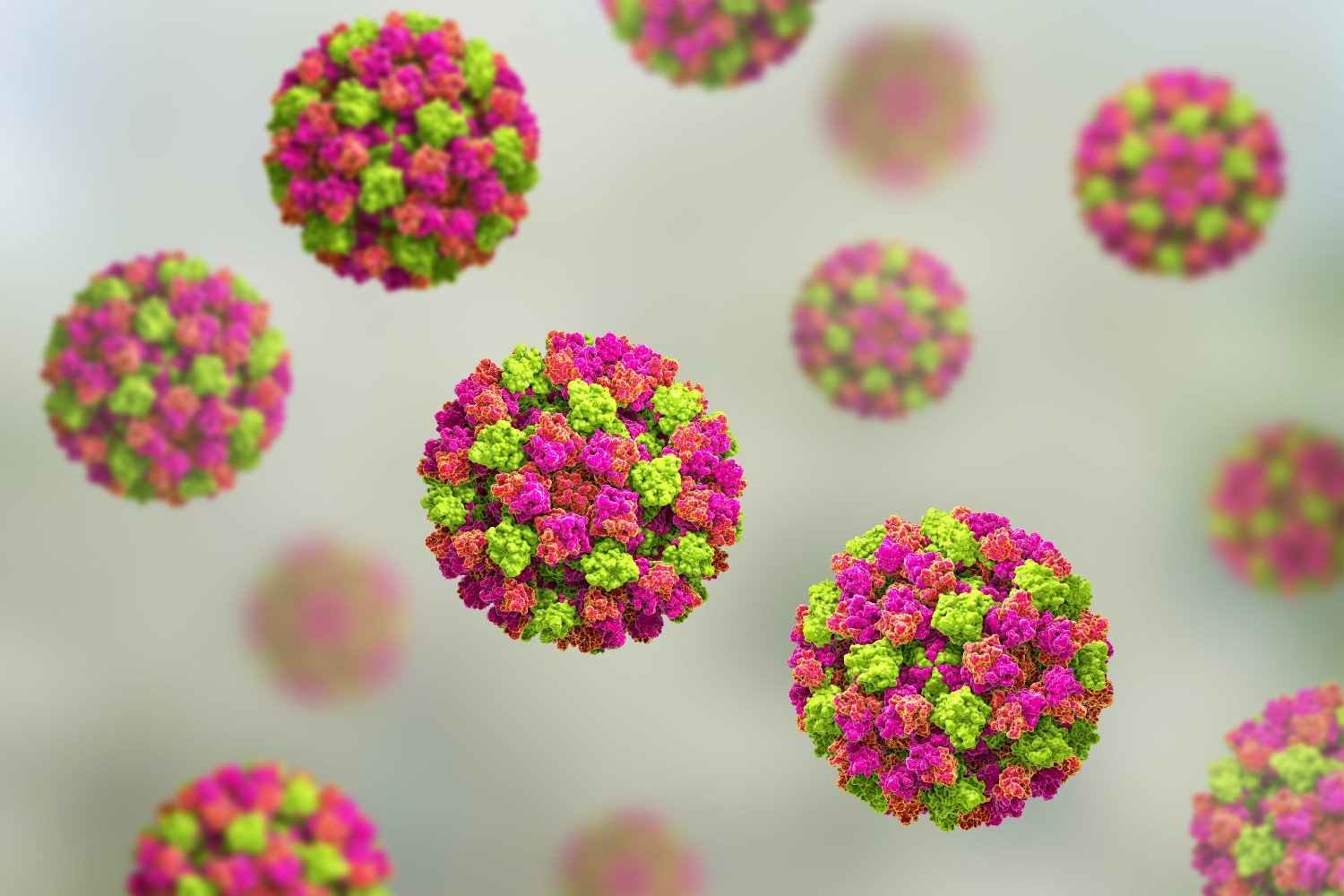The spread of H5N1 bird flu continues to raise concerns, with a recent case involving a domestic cat in Oregon. The cat died after consuming raw pet food contaminated with the virus, marking a concerning development in the ongoing spread of avian influenza.
This incident follows a significant outbreak at Washington’s Wild Felid Advocacy Center, where 20 big cats, including servals, bobcats, and cougars, succumbed to the virus. The Oregon Department of Agriculture (ODA) confirmed the house cat’s death, stating that it tested positive for a highly pathogenic avian influenza (HPAI) H5N1 strain. This strain was genetically identical to viruses found in samples of raw and frozen pet food produced by Northwest Naturals. The company has since issued a voluntary recall of its affected products, although no human cases linked to the contaminated pet food have been reported.
Confirmed Link Between Contaminated Pet Food and Feline Death
ODA State Veterinarian Ryan Scholz emphasized the direct link between the contaminated pet food and the cat’s death. The cat was strictly indoors, eliminating environmental exposure as a possible source of infection. Genome sequencing further solidified the connection, confirming an exact match between the virus found in the pet food and the virus that infected the cat.
Nationwide Recall of Affected Pet Food Products
Northwest Naturals has voluntarily recalled its 2-pound bags of Northwest Naturals brand Feline Turkey Recipe raw and frozen pet food with “Best if used by” dates of 05/21/26 B10 and 06/23/2026 B1. These products were distributed nationwide in the U.S.
The Growing Threat of H5N1 Bird Flu
H5N1 bird flu has become a significant public health concern due to persistent outbreaks in wild birds and poultry, along with its emergence in dairy cows and other mammals. As of early December, H5N1 outbreaks among dairy cows have occurred in 16 states. Over 60 human cases of H5N1 have been documented in the U.S. in 2024, primarily linked to contact with infected cows or poultry. Cats, both domestic and wild, have also been affected, with several outbreaks reported in zoos and animal sanctuaries across the U.S. and globally.
Raw Milk and Raw Pet Food as Transmission Routes
H5N1 cases in domestic cats have often been traced back to consumption of contaminated raw milk, either from dairy farms or commercially sold products. Research indicates that raw milk can transmit bird flu to humans as well. While previous cases of H5N1 in cats have been linked to improperly sterilized raw food, this appears to be the first such documented case in the U.S.
Oregon’s Proactive Measures and Potential Risks
Fortunately, no other H5N1 cases have been connected to the Oregon cat or the recalled pet food. One human H5N1 case was reported in Oregon this year, but it was unrelated to dairy cows or milk. As a precautionary measure, Oregon’s Department of Agriculture initiated statewide testing of milk from commercial dairies following hundreds of confirmed bird flu cases across 16 states, including in dairy cattle herds in neighboring Idaho, Nevada, and California.
H5N1’s Danger to Felines and the Pandemic Threat
Although human H5N1 cases this year have been mostly mild, research suggests that the virus poses a significant threat to felines. The continued circulation of H5N1 among various species raises concerns about the potential emergence of a highly transmissible and virulent strain, capable of causing a widespread pandemic.
Additional Risks of Raw Pet Food
Beyond H5N1, Oregon health officials warn that raw pet food carries an increased risk of contamination with harmful bacteria like Salmonella, Listeria, and E. coli.











